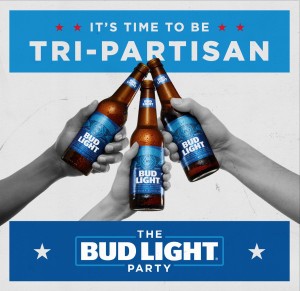Chimes at Midnight, et al.
Orson Welles knew Shakespeare forwards and backwards. For his 1960s film version of the relation between Falstaff and Prince Hal, Welles used the following plays: Henry IV, Part 1; Henry IV, Part 2; Richard II; Henry V; The Merry Wives of Windsor; with additional narration taken from Holinshed’s Chronicles.

The Museum of Fine Arts, Houston will screen Chimes at Midnight three times from April 2 through April 7.
The main thrust of the plot revolves around Prince Hal (Keith Baxter, an English stage actor not seen enough in films) and his contentious relation with his father King Henry IV (a noble John Gielgud). Hal parties with his father substitute and enabler Falstaff. “I’ll so offend to make offense a skill, redeeming time when men think least I will,” says Baxter in one of Shakespeare’s most famous speeches. Welles shoots Baxter intoning the lines while he walks away from the camera on a snowy ground.
Other actors include Jeanne Moreau, Margaret Rutherford, Fernando Rey, and narration by Ralph Richardson.
The film’s structure allows for villainy and revelry for the first half, always with a comic bent. The middle of Chimes at Midnight consists of an extremely well choreographed battle sequence, the Battle of Shrewsbury, which took place during the summer of 1403. Falstaff takes credit for killing Hotspur, the opposition leader, although Hal was the one who brought Hotspur down. Eventually Hal mans up and takes over the crown, disavowing his randy past and banishing a now pathetic Falstaff. The scene of men in armor being hoisted by pulleys onto their horses has also never been duplicated.
If Chimes at Midnight was only about the beauty of the spoken word if would be a wonderful experience. But there’s so much more going on here. The way the film was shot in glorious black-and-white absolutely glimmers in the brilliant restoration. And the way Welles edits gives the pace a very modern feel.
The MFAH also unwinds another classic film this weekend that involves the uneasy and offbeat relationship of a mentor and a protégé.
Two-Lane Blacktop (1971, d. Monte Hellman) toplines James Taylor (the singer-songwriter then at the height of his popularity) who drives a souped-up ’55 Chevy across the nation looking for suckers in small towns to bet against him in drag races. Along for the ride are Taylor’s mechanic (Dennis Wilson, drummer and member of The Beach Boys) and a girl they pick up hitchhiking, Laurie Bird. Fate would take the two actors away as Bird committed suicide in boyfriend Art Garfunkel’s apartment in 1979 and Wilson accidentally drowned in 1983.
Along comes Warren Oates in his GTO and Taylor agrees to race Oates to a stopping point on the West Coast. What goes down on the road can only be described as an existential journey across the heartland tinged with overtones of a time past. Also of interest are the cashmere sweaters that Oates seems to have in multiple colors.
Two-Lane Blacktop unwinds Friday, April 1.
— Michael Bergeron














